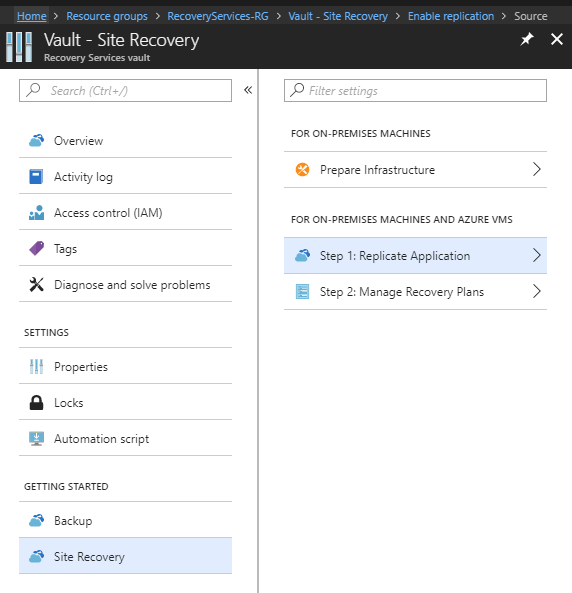Azure Site Recovery - Protecting your Azure IaaS workloads
Having a disaster recovery plan is not something new. The thing that we need to be aware of is that outages and security breaches are becoming
Having a disaster recovery plan is not something new. The thing that we need to be aware of is that outages and security breaches are becoming more and more common and they will not go away ever. The cloud brought the possibility of moving part of our datacenter workloads there and leverage the high availability of their solutions. By leveraging cloud solutions doesn’t exempt us from having DR plans and solutions in place for our business-critical application. Remember the Amazon S3 outage ? That caused a lot of problems for a lot of companies, and they were down until Amazon solved the problem.
The Amazon problem is just one issue with a bucket of the other problems. There we had a human error that caused the outage, but we have natural disasters like hurricanes that take out datacenter without any mercy. We have Harvey, Irma and Maria that hit the US pretty severely so even if cloud providers are pretty resilient to these types of natural disasters, we still have to protect our business-critical applications.
Traditional backup solutions run on servers, those servers require storage and depending on backup times and data retention the costs can go up tenfold. This is the main thing that happens on-premises. In the cloud, you would have the same type of solution, but this time you’re not buying physical servers instead you’re renting compute cycles from a provider. You still have to deal maintaining the system so that it works when such a problem happens. Azure has a service called Backup and Site Recovery that offers a “One-Click” backup and disaster recovery solution that doesn’t require any maintenance from you.
Protecting Azure VMs with ASR is very simple. You have to provision a Recovery Services Vault in the region you want to do DR and after that follow a couple of simple steps. The reason for creating the vault in a different area is that if you’re creating it in the same region where your VMs are, and the region goes down, you will have a problem and fortunately if you do it by mistake, you will get an error from Azure that you cannot do that.
Getting started
The first thing you have to do is to create a Recovery Services vault. To do that, you have to create a new resource, and in the marketplace, search filed you have to write “Backup and Site Recovery (OMS)”. After you click on it, you will be asked for a name, a region where it should be deployed and of course a Resource Group. The deployment is done in a matter of seconds, so you don’t have to wait too long for the solution to be ready.
Once you have the recovery vault up and running, you have to enable replication for your IaaS VMs. In your Vault, you go to Site Recovery and press on Replicate Application.

In the source environment, you have the option of protection on-premises environments or Azure environments. Take note that this service is still in preview so it might have issues ?
Select the source location and source resource group.
The next step is to select the Virtual Machines that should get replicated to the DR region.
Once you’re at the next screen, you can choose the target location for DR. You have the possibility of deploying in different regions than the vault is located so you don’t have a vault limitation in this case but remember that you will be paying for transfer costs, but if you’re in a DR case, I don’t think those costs matter that much. You can do edit some settings like the target Resource Group, Network, Storage and Availability sets and you can also modify the replication policy.
After you’re done configuring your settings, press on Create Target Resources, located in the Step 3 blade and wait for them to be created without closing the blade and once they are done you will be able to enable replication and you’re done ?
Replication takes a while depending on the number of VMs you’re protecting so this is the point where you start doing something else.
Once the replication is done, you can now setup recovery plans and do test failovers and complete failovers from a single pane of glass.
That it’s. Simple no? If you’re not doing DR for your IaaS environment then I would seriously ask you to take ASR into consideration and see what can give you.
Have a good one!